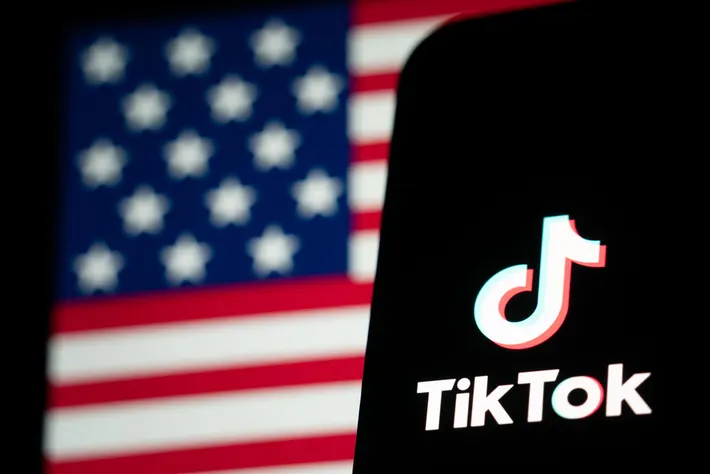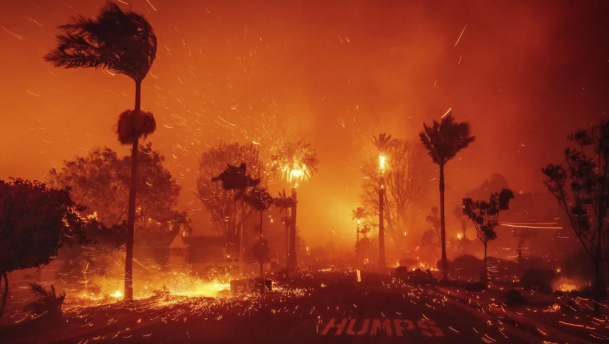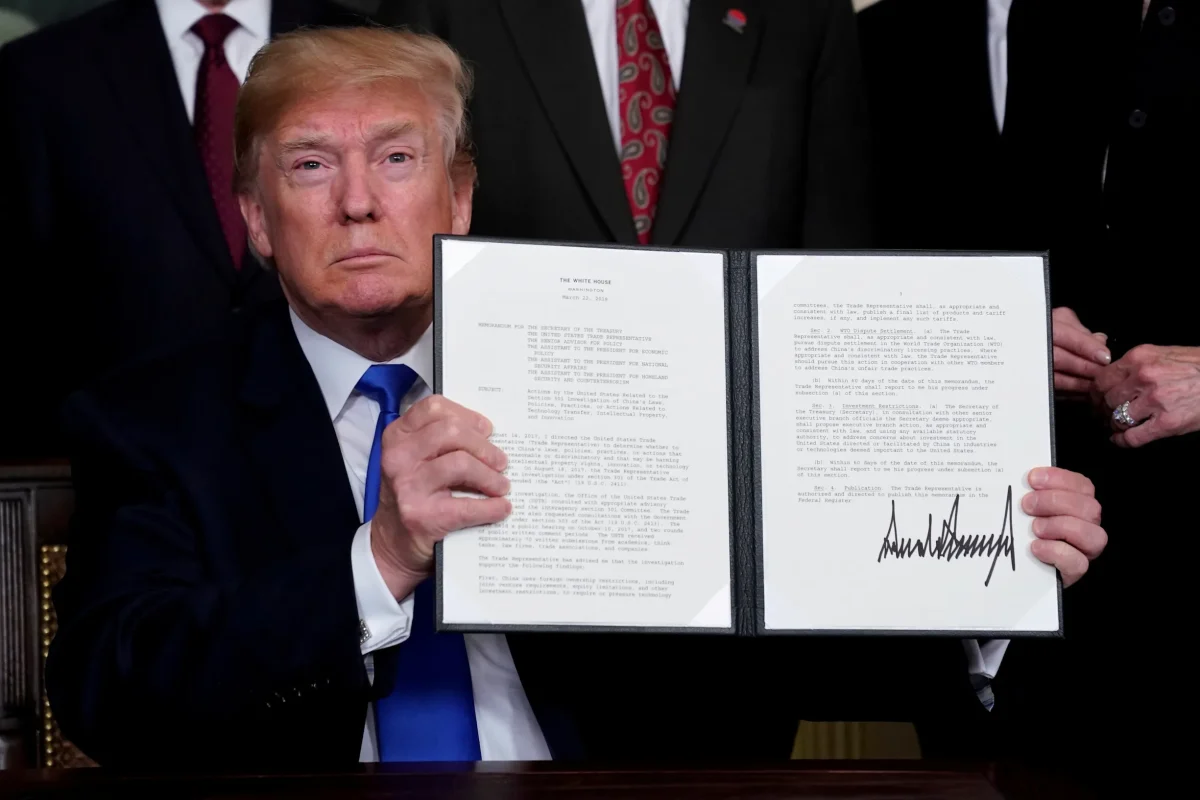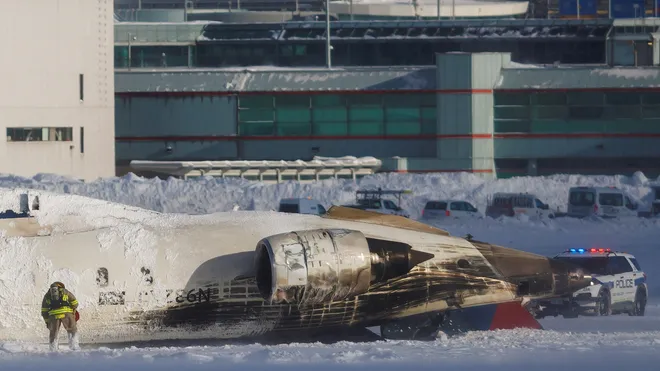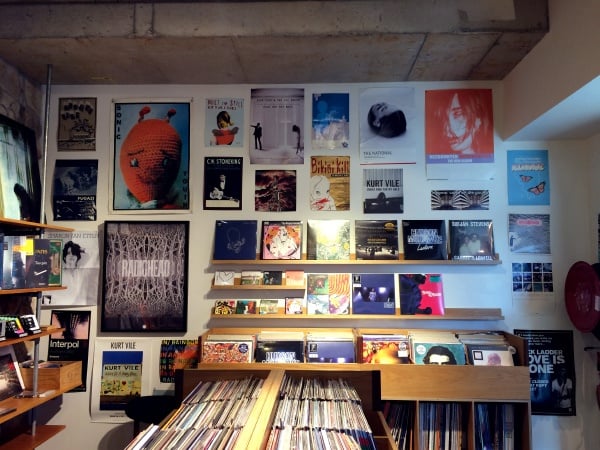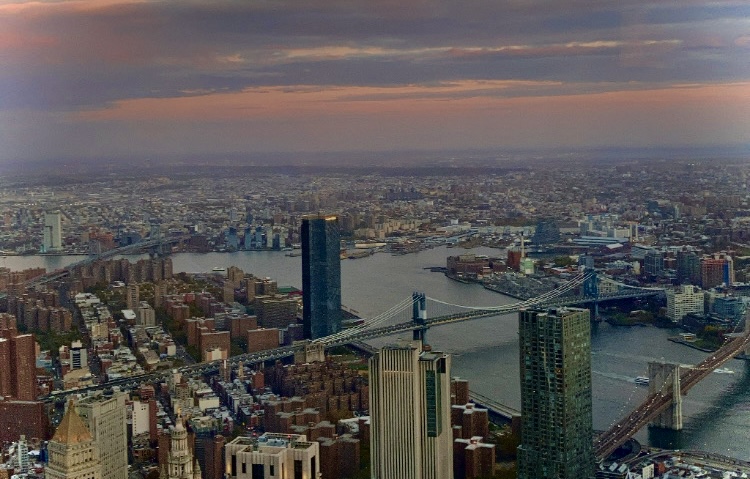It is no surprise that fires are not unknown to California. As a matter of fact, it’s rather normal to see a couple of fires around California. The damage these fires do is destructive and often leaves many stranded with no home and all their possessions gone.
I recently had a conversation with my cousin Indra , who has been living with her sister and mom in Pasadena, where the fires are increasingly getting closer to their house. Their house is covered with ash and everything outside got knocked down or blown away by the powerful winds that have recently been hitting California. While she is safe and evacuated,Indra told me, “It’s scary to see the fire approaching our home.”
With the hot temperatures and prolonged drought, California’s landscape is basically a fire waiting to happen. However, wildfires have become increasingly destructive, which could be the effects of climate change. Many scientists point to the rising temperatures and the decreasing amount of precipitation as major contributors to the growing intensity and number of fires in California.
One of the ways in which climate change has influenced the frequency and severity of wildfires is through rising temperatures. According to the California Department of Forestry and Fire Protection (CAL FIRE), the state has experienced warmer temperatures over the past century, with average temperatures increasing by approximately 1.8°F (1°C) since the mid-20th century. These hotter conditions create an environment where plants dry out and are more susceptible to being caught on fire, which in return, allows fires to spread more quickly.
In 2024, Los Angeles County saw its largest fire season on record, with over 400,000 acres burned. Firefighters and emergency responders have reported that wildfires are starting earlier in the year and ending later, extending the fire season and leading to an increased likelihood of catastrophic blazes.
The impacts of climate change are also changing precipitation patterns, which increase the fire risks. While droughts remain a pressing concern, the intensity and frequency of storms are also changing. The U.S. National Oceanic and Atmospheric Administration (NOAA) predicts more extreme weather events for California, including heavy rain events that can lead to floods, followed by long dry spells that dry out the land, setting the stage for wildfires.
In addition to this, Los Angeles is subject to seasonal winds, such as the Santa Ana winds, which can dramatically increase the spread of fires. These winds are becoming more intense and more frequent, contributing to the rapid expansion of wildfires across the region.
“The increase in wind speed and frequency of extreme weather events has created a more dangerous fire environment,” said Dr. Craig Clements, a fire behavior expert at San Jose University.
While climate change is a primary driver of the growing wildfire risk in Los Angeles, human activity plays a significant role as well. Urban sprawl, combined with increased demand for outdoor recreation, means that more people are living in or near fire-prone areas. The Los Angeles Fire Department (LAFD) reports that human-caused fires — whether through accidents, discarded cigarette butts, or arson — make up a significant portion of wildfire ignitions. As communities grow, the risk of fires spreading into residential neighborhoods increases, a scenario seen repeatedly in the past decade.
“It’s heartbreaking watching people lose their houses to something that they can’t control,” said my brother, Rayan Tummuru. And he’s right. People are losing their houses and everything they own in a matter of minutes. A house they may have worked years for. A house that has precious memories. A house that they could escape reality from, a safe spot. All are gone due to people and corporations contributing to climate change which could have been easily prevented.
My classmate, Marisol (10) adds, “A couple years ago, it was never this hot or windy. These extremes are completely hard to adapt to because it’s either really hot and people are getting heat stroke or too cold and people are getting sick. Climate change is making itself more painfully aware than ever.”
Now, while addressing the growing wildfire and climate change crisis, which needs government action as well, individuals have a vital role to play in order to reduce their carbon footprint and help mitigate climate change. Here are three simple ways you can help lower your carbon footprint:
- Reduce Carbon Emissions:
The most important action people can take is to lower their carbon emissions, which contribute to global warming. Simple actions include reducing energy use, opting for energy-efficient appliances, using public transportation, carpooling or driving electric vehicles (EVs), and supporting renewable energy sources like wind or solar power.
- Adopt Sustainable Consumption Habits:
Choosing sustainable products, reducing waste, and recycling are crucial steps. Consider buying less disposable plastic, avoiding fast fashion, and prioritizing products with minimal environmental impact. Reducing meat consumption or supporting plant-based diets also reduces methane emissions, which are a potent greenhouse gas.
- Create Fire-Resilient Spaces:
In fire-prone areas like California, homeowners can help prevent the spread of wildfires by creating defensible spaces around their homes. This involves clearing dry brush, trees, and other flammable vegetation that could fuel a fire. Additionally, building with fire-resistant materials and maintaining an adequate water supply for fire defense can help protect homes and communities.
The increasing intensity and frequency of wildfires in Los Angeles and throughout California highlight the need to acknowledge both the causes and consequences of climate change. Experts agree that reducing greenhouse gas emissions and implementing local solutions to build fire resilience are essential steps in reducing the catastrophic impacts of wildfires. As the science shows, we can’t afford to ignore the role of climate change in the increasing threat of wildfires. As people wish, “I hope the fire doesn’t burn my house” — the time to act is now.







